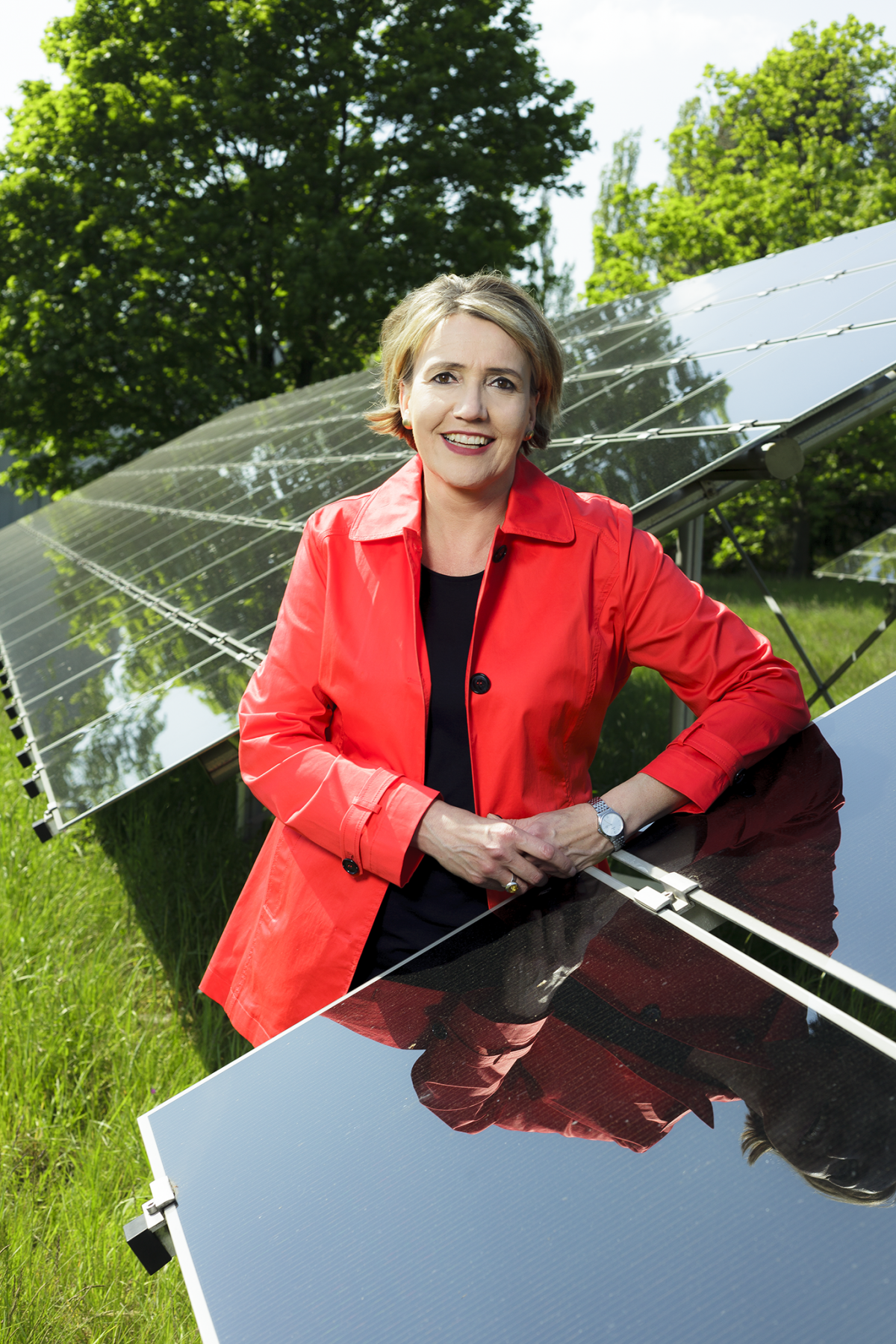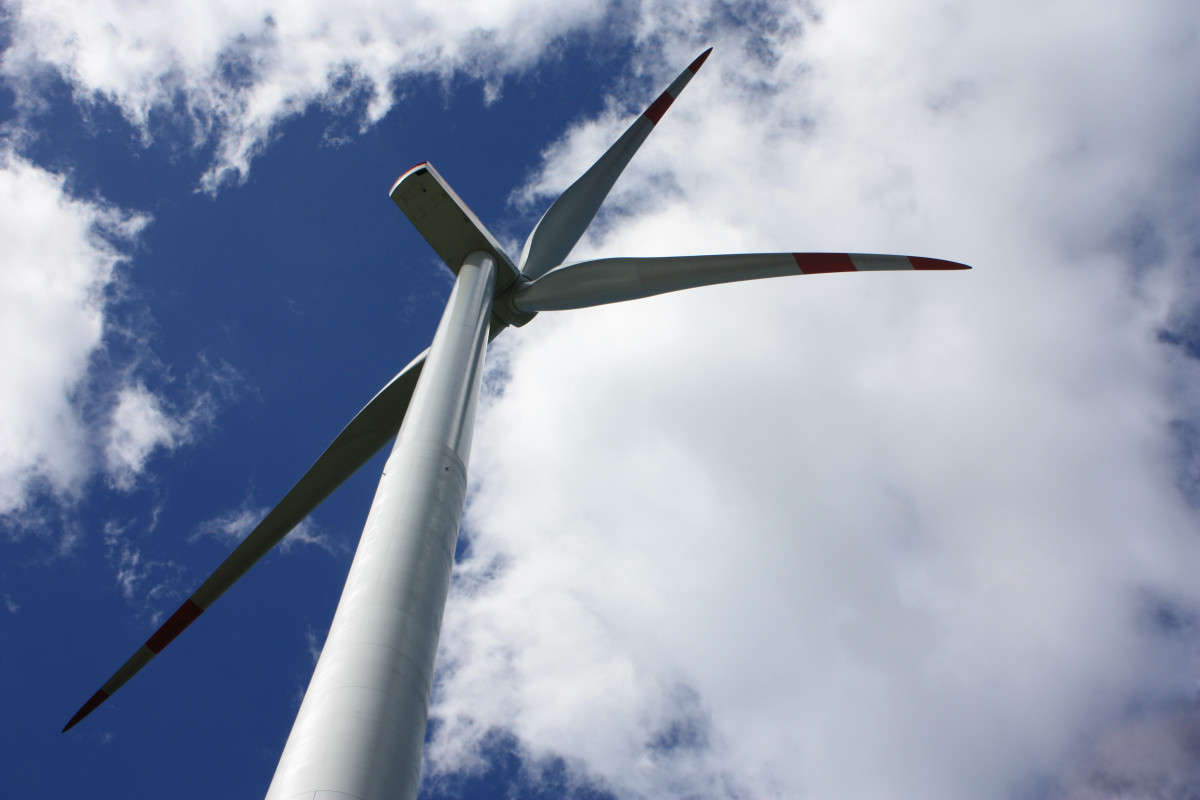Preview 2021: 'The crisis must be seen as an opportunity for a climate-neutral economy'

Clean Energy Wire: With the coal exit law and the introduction of CO2 pricing, Germany has made several important climate and energy policy decisions in 2020. What do you think will become the next key topics that are going to shape the debate in 2021?
Simone Peter: With the prospect of the upcoming elections, especially the federal election next autumn, the best instruments for a climate-friendly energy supply must be supported. In the crisis year 2020, renewables have shown resilience on the markets and in supply like no other energy source. This trend must be continued, and a massive offensive for the expansion of renewable energies in all sectors is needed to meet higher European climate goals. The electricity market must be geared towards renewable energies in such a way that their cost benefits are passed on to consumers. This includes reformed financing mechanisms for the Renewable Energy Act (EEG) levy, as presented by the BEE in a proposal. Specifications are needed for feed-in from inflexible fossil power plants, along with more consumer and producer flexibility and increased use of storage facilities. The full implementation of the European RED-ll directive in national law is also pending, as crucial details for strengthening citizen energy are still missing.
Next autumn’s general election will determine who will succeed Angela Merkel as head of the German government and may also mean the return of the Green Party into a government coalition. What role will climate action play in this election?
Climate protection will be one of the top issues in the coming federal elections. However, the debate will be conducted in light of the economic impact of the coronavirus pandemic. It will now be important to show that climate action and economic growth are not a contradiction in terms, but that green technologies, above all renewable energies and the value chain based on them, such as the market ramp-up of a green hydrogen economy, will contribute to the economic upswing in the long term, creating future-proof jobs EU-wide. Especially in the election year, the crisis must be seen as an opportunity to pave the way to a climate-neutral economy. The parties must understand this in order to unite these two large topics and to shape the relevant legislative framework in all sectors.
The assumptions on future electricity consumption are heavily underestimated.
The German government and the European Commission both have pledged not to let climate action fall victim to the Covid19 pandemic and promised to couple economic recovery measures to emissions reduction. Do you see the idea of a "green stimulus" working out as planned and are you confident that Europe and Germany are at the beginning of a renewable power expansion boom?
Any economic stimulus package is only as good as the legal framework that is established for it. For now, neither the German nor the EU economic stimulus packages contain sufficient approaches to reach the climate goals and a comprehensive transformation of the energy and industry sectors. More needs to be done here to allow value chains to emerge and for the stimulus packages to have the desired effects. A comprehensive offensive for clean technologies – renewables, storage, sector coupling, green hydrogen – is needed.
Thousands of renewable power installations will drop out of the country's EEG support scheme in the coming years. How do you expect Germany to cope with the possible drop in renewable power capacity, given that installation numbers should actually go up? Is a "green power gap" around the corner?
Yes, several studies, including BEE calculations, predict a green power gap by the year 2030. The current draft of the EEG does not provide the necessary measures for reaching the designated goal of 65 percent renewable energy share in the electricity mix by 2030. The assumptions on future electricity consumption are heavily underestimated, which leads to insufficient expansion corridors for all renewable energy technologies. The EU has just tightened its climate targets, so the expansion of renewables needs to be accelerated to a share of 80 percent renewables by 2030. For this purpose, market barriers in the amendment of the EEG must be removed, prospects for old systems created, and areas and permits provided.


